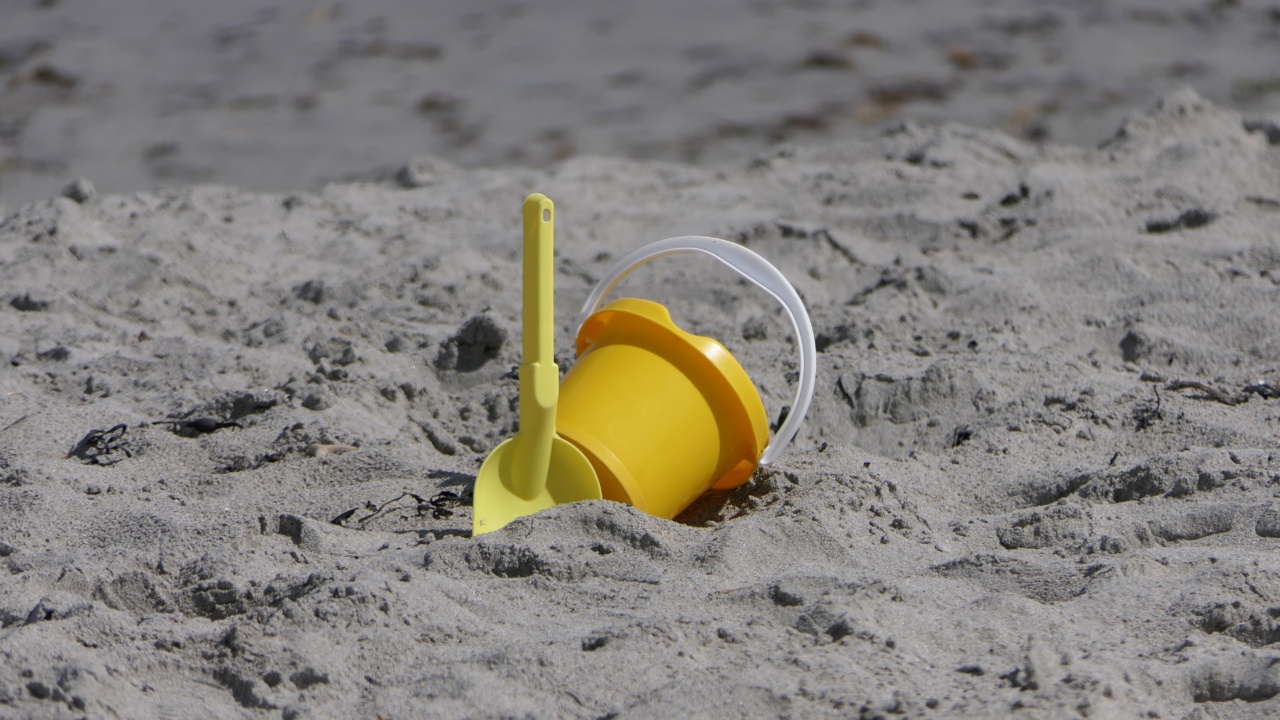Urinary infections or urinary tract infections (UTIs) is a common problem affecting millions of people worldwide. It is a bacterial infection that affects different parts of the urinary system, such as the bladder, urethra, kidney, and ureters.
The infection results from the entry of bacteria into the urinary tract, where they multiply and cause an infection. UTIs can cause various symptoms, such as painful urination, frequent urination, and lower abdominal pain. The infection can also spread to other parts of the body, leading to more severe health complications.
UTIs are more common in women than in men because of the short length of the female urethra, which allows bacteria to enter easily.
Causes of UTIs
Several factors can increase the risk of UTIs. Some of the common causes include:.
- Poor bathroom hygiene: Wiping back to front after bowel movements can introduce bacteria from the anus into the urethra.
- Sexual activity: Sexual activity can introduce bacteria into the urethra, increasing the risk of UTIs.
- Blockages: Anything that interferes with the flow of urine can increase the risk of UTIs. Kidney stones, tumors, and enlarged prostate can cause blockages that prevent urine from flowing freely and increase the risk of UTIs.
- Weak immune system: People with weak immune systems are more susceptible to infections, including UTIs.
- Catheters: People who use catheters to drain urine are at a higher risk of developing UTIs because bacteria can easily enter the urethra through the catheter.
Symptoms of UTIs
UTIs can present with various symptoms, depending on which part of the urinary system is infected. Some of the common symptoms include:.
- Painful urination: This is often the first and most common symptom of a UTI. It can range from a mild burning sensation to intense pain.
- Frequent urination: UTIs can cause an increased urge to urinate, even when the bladder is not full.
- Lower abdominal pain: UTIs can cause pain or pressure in the lower abdomen, which can be mild or severe.
- Cloudy or foul-smelling urine: UTIs can cause changes in urine color and odor, making it cloudy and foul-smelling.
- Fever: In severe cases, UTIs can cause fever, chills, and other flu-like symptoms.
Treatment and Prevention
UTIs can be treated with antibiotics, which kill the bacteria causing the infection. The type of antibiotics prescribed will depend on the severity of the infection and the type of bacteria causing it.
You may need to take antibiotics for 3-7 days or longer, depending on the severity of the infection.
Prevention of UTIs involves adopting good hygiene practices and lifestyle changes that reduce the risk of infection. Some of the prevention measures include:.
- Drink plenty of fluids: Drinking plenty of water and other fluids helps flush out bacteria from the urinary system.
- Wipe from front to back: Wiping from front to back after bowel movements helps prevent the spread of bacteria from the anus to the urethra.
- Urinate after sexual activity: Urinating after sexual activity helps flush out bacteria that may have entered the urethra.
- Avoid feminine products: Avoid using feminine products that may irritate the urethra, such as feminine deodorants, sprays, and powders.
- Avoid tight-fitting clothes: Tight-fitting clothes, such as tight jeans and spandex, can trap moisture in the genital area, promoting the growth of bacteria.
When to See a Doctor
If you suspect you have a UTI, it is important to see a doctor for a proper diagnosis and treatment. UTIs can cause complications, such as kidney damage, if left untreated. Seek medical attention if you experience any of the following symptoms:.
- Blood in urine: Blood in the urine can indicate a more severe UTI or an underlying health condition.
- Severe pain: Severe abdominal or pelvic pain may indicate a more severe infection or a complication.
- Fever and chills: Fever and chills are signs that the infection may have spread to the kidneys or other parts of the body.
- Recurrent UTIs: If you have more than two UTIs within six months, you may need further evaluation to rule out underlying health conditions.
In Conclusion
UTIs are a common problem affecting millions of people worldwide. The infection can cause various symptoms and can lead to complications if left untreated.
Treatment involves antibiotics, while prevention involves adopting good hygiene practices and lifestyle changes that reduce the risk of infection. If you suspect you have a UTI, it is important to see a doctor for proper diagnosis and treatment.

























